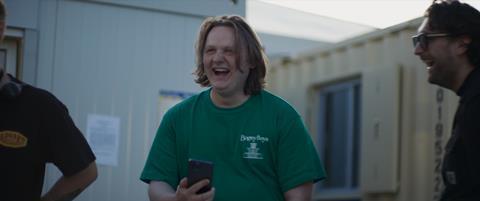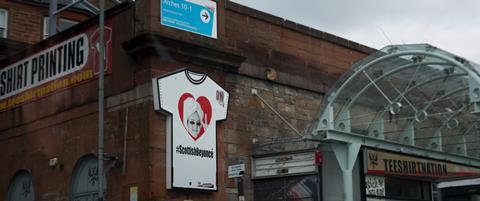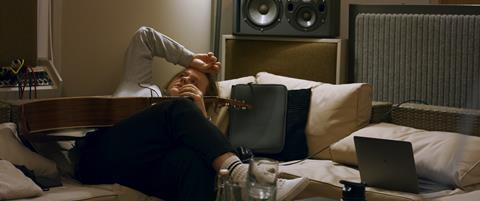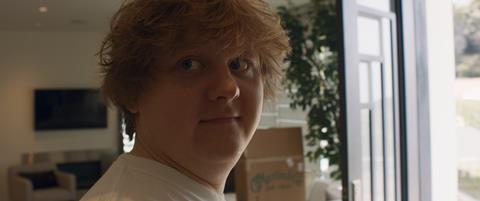Molinare provided full post-production for the Pulse Films production

Molinare provided full post-production for Lewis Capaldi: How I’m Feeling Now, which released on Netflix earlier this month.
The 90-minute documentary aims to give a personal, intimate insight into the journey behind the Scottish pop star. It was co-financed by BMG, Capaldi’s long-time global music publisher, and is a BMG presents, in association with Quickfire Films, and Pulse Films production. Independent Entertainment handled global sales and also serve as executive producers, alongside BMG.
The grade was completed by Molinare’s head of grading Ross Baker, who worked closely with director Joe Pearlman to deliver a sense of isolation throughout. The production is punctuated by a series of interviews with Capaldi, which Baker graded to provide a sense of the singer being lost despite sitting in a large open space. He made sure that there was enough information in the background so that the space felt suitably vast, but always kept Capaldi as the sole focus of the composition.

Pearlman wanted to hint at Capaldi’s transformation much earlier in the film, so Baker adopted a red flare that only appeared in the highlight, as though Capaldi’s pressures were bleeding out. These became much stronger as the intensity and pressure he was feeling built up. In the edit, there are several fast-paced cuts where the audience is invited to feel overwhelmed in the same way as the singer. At these points, Baker heavily pushed the red flare, combining it with a selective focus and offset white highlight flares to express how disorientating Capaldi’s world has become.
In terms of the online edit, editor Dan Bater used Flame’s colour management engine and wide-ranging colour space support to undertake most of the online work in XYZ projector colour space, while monitoring locally in the suite in Rec709. When Netflix acquired the project for distribution, the primary deliverable became the Rec709 version and Bater was able to accommodate this.

The range of user-generated footage, with all the inherent varying framing and frame rate, presented challenges for Bater to bed the footage into the film and give it its own identity without distracting or detracting. Additionally, a lot of handheld footage with some sweeping slow-motion beauty shots required attention and careful use of Flame’s temporal toolset. This was coupled with some light stabilisation to remove any distracting moves whilst maintaining the feel and fluidity of the shots the director had crafted.
The sound edit was carried out by Brad Rees and Patrick Fripp. Much of the film is set on the road, both on tour and at home. These locations provided a range of challenging environments for the dialogue team. The journalistic style of the location recordings coupled with Lewis Capaldi’s own social media content captured the humour and charm present in his life.

Rees and Fripp’s used a number of techniques to either clean up unwanted sound or carefully use noisy environments to create light and shade in the dialogue tracks. This work on the location recordings allowed them to shine when played up against the interviews and album content also featured.
When all the disciplines were complete, the dialogues, sound design, and music were combined together by head of factual sound Greg Gettens. In the final mix, Gettens brought everything together to create a rich and textured soundtrack. The mix had to be dynamic at times, especially in the concert sections, with the intention of putting the viewer right in the heart of the action. The final mix was completed in 5.1 surround sound to give a more immersive experience for the audience.





























No comments yet